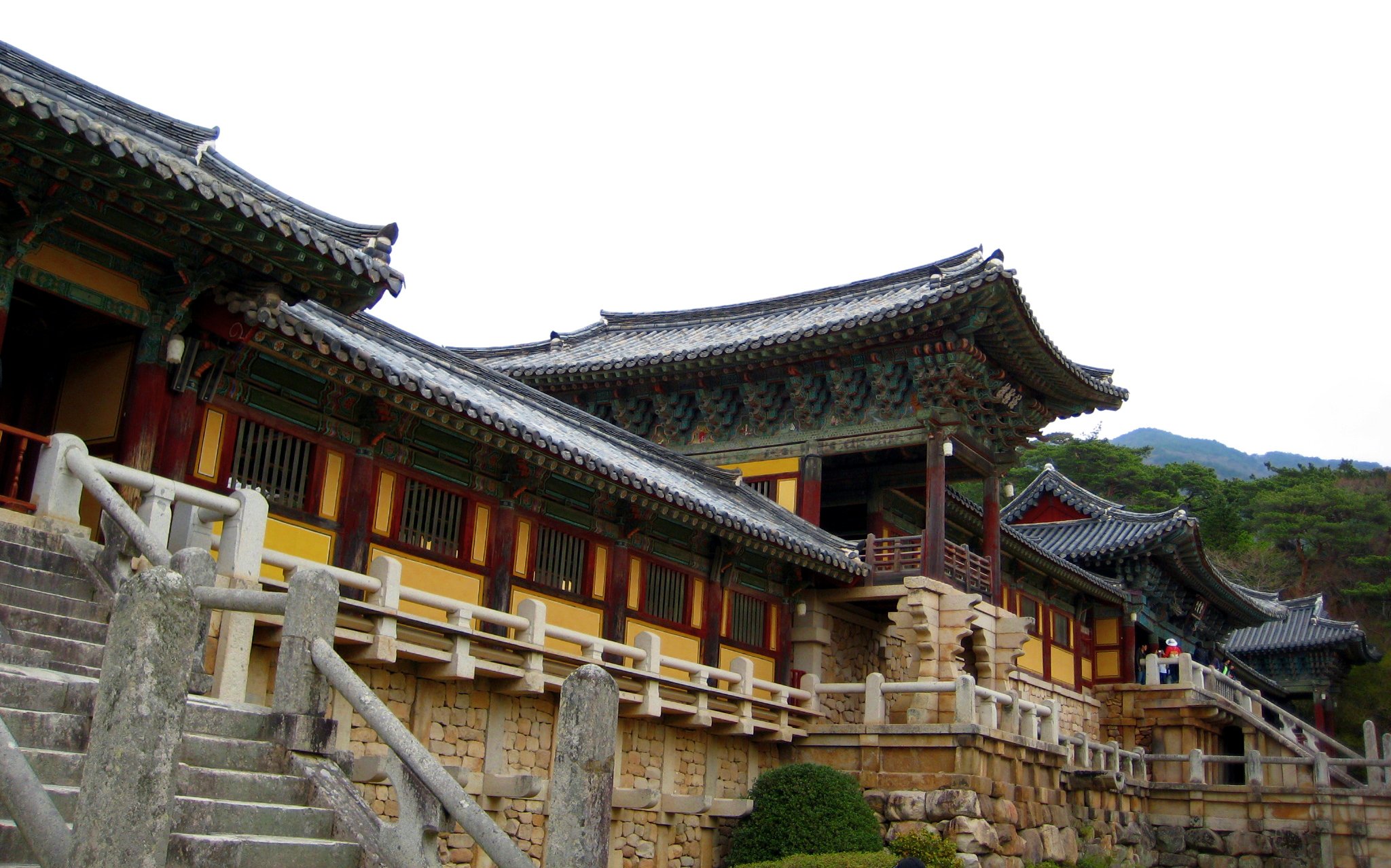SEOUL

The capital of South Korea is a vibrant, modern city that really lives up to the ‘24-hour party’ tag that other cities can only pay lip service to. A buzzing urban expanse that is striving to reshape its hardened concrete and steel edges with gorgeous city parks, cultural landmarks and tasteful design, Seoul is rebranding itself for the 21st century and leaving a big impression on its visitors. Seoul was the World Design Capital in 2010, an accolade that has encouraged creative and aesthetically pleasing solutions to the city’s development, expansion and use of space. You’ll find a host of exciting places to eat, drink, shop and relax, whether you’re in Hongdae’s chic bars and restaurants or the stylish boutiques of Apgujeong. Those shopping for arts, crafts, jewellery, antiques or souvenirs, should head to the wonderful markets and shops of Insa Dong.
GYEONGJU

Once the capital of the ancient kingdom of Silla, Gyeongju is a coastal city in South Korea with a rich selection of cultural and historical attractions. Its Silla heritage stretches back over 1000 years, with ancient sites, relics and ruins found throughout the city. The Gyeongju National Museum is home to countless treasures and the 23 ton Emille Bell cast in AD771. Gyeongju's other highlights include the scenic Anapji Pond, Tumuli Park which is the site of incredible giant grass-covered burial mounds and the ancient UNESCO World Heritage Listed Bulguk-sa Temple. Just out of town, dramatically located on the slopes of Toham Mountain, Seokguram Grotto is another must see! Gyeongju is the historical and cultural heart of South Korea, providing an unrivaled insight into the country's history, religion and culture.
SEORAKSAN NATIONAL PARK

Designated as a Biosphere Protection Site by UNESCO, the 400 000 sq km Seoraksan National Park’s unique rock formations, wildlife, hot springs, dense woodland and temples from the Silla-era make it an area of South Korea that simply has to be visited. Each area of this incredibly beautiful park has its own unique appeal and attractions. Translated as Snowy Crags Mountain, Seoraksan is the third-highest mountain in South Korea. Seoraksan provides a spectacular backdrop for the park's two temples.
JEJU ISLAND

Although it lies only 85km off the coast of South Korea, Jeju Island (more specifically Jeju-do) has developed its own unique history, traditional dress, architecture and linguistic traditions. With a moderate climate that differs surprisingly from the mainland, Jeju-do has a sub-tropical southern side and a more temperate northern region. On the island, which was recently voted one of the New 7 Wonders of Nature, you’ll find exquisite botanical gardens, sandy beaches, lava caves, a folk village and the O’Sulloc Tea Museum where you can learn about South Korea’s famous traditional tea culture.
ANDONG FOLK VILLAGE & HAHOE FOLK VILLAGE

Andong’s peaceful, rural surroundings are in stark contrast to the buzz of Seoul. Set in the heart of Gyeongsangbuk-do, Andong is noted for having preserved much of its traditional spirit. A great place to see Korean traditions unfold is the cultural village of Hahoe, where the noble Ryu family originated and have lived for the past 600 years. Traditional buildings, beautiful surroundings and a range of cultural activities make a visit to Andong and Hahoe Village a good opportunity to take in the local culture and learn a thing or two about Korea’s rich heritage.
For more info u can visit www.onthegotours.com

0 COMMENTS:
Post a Comment